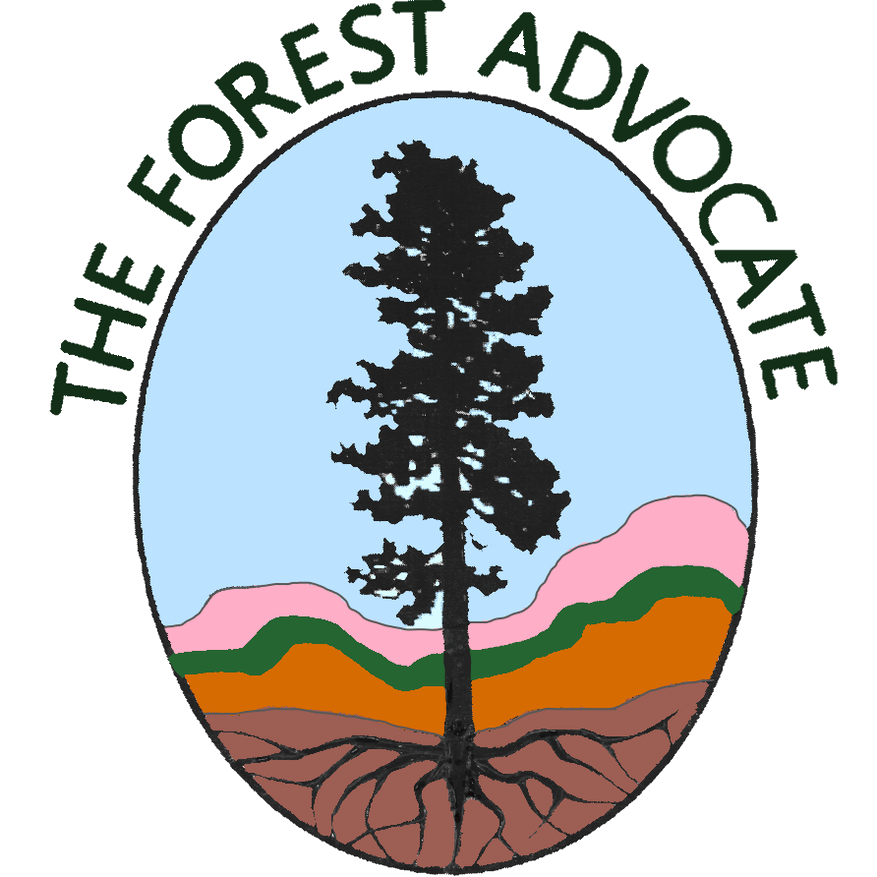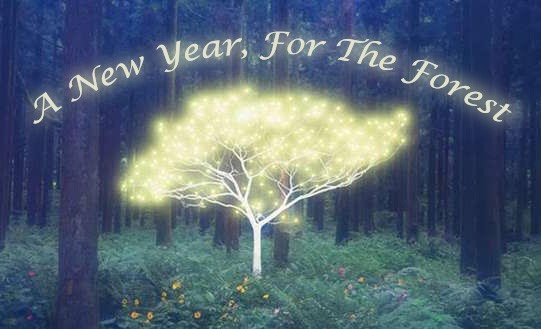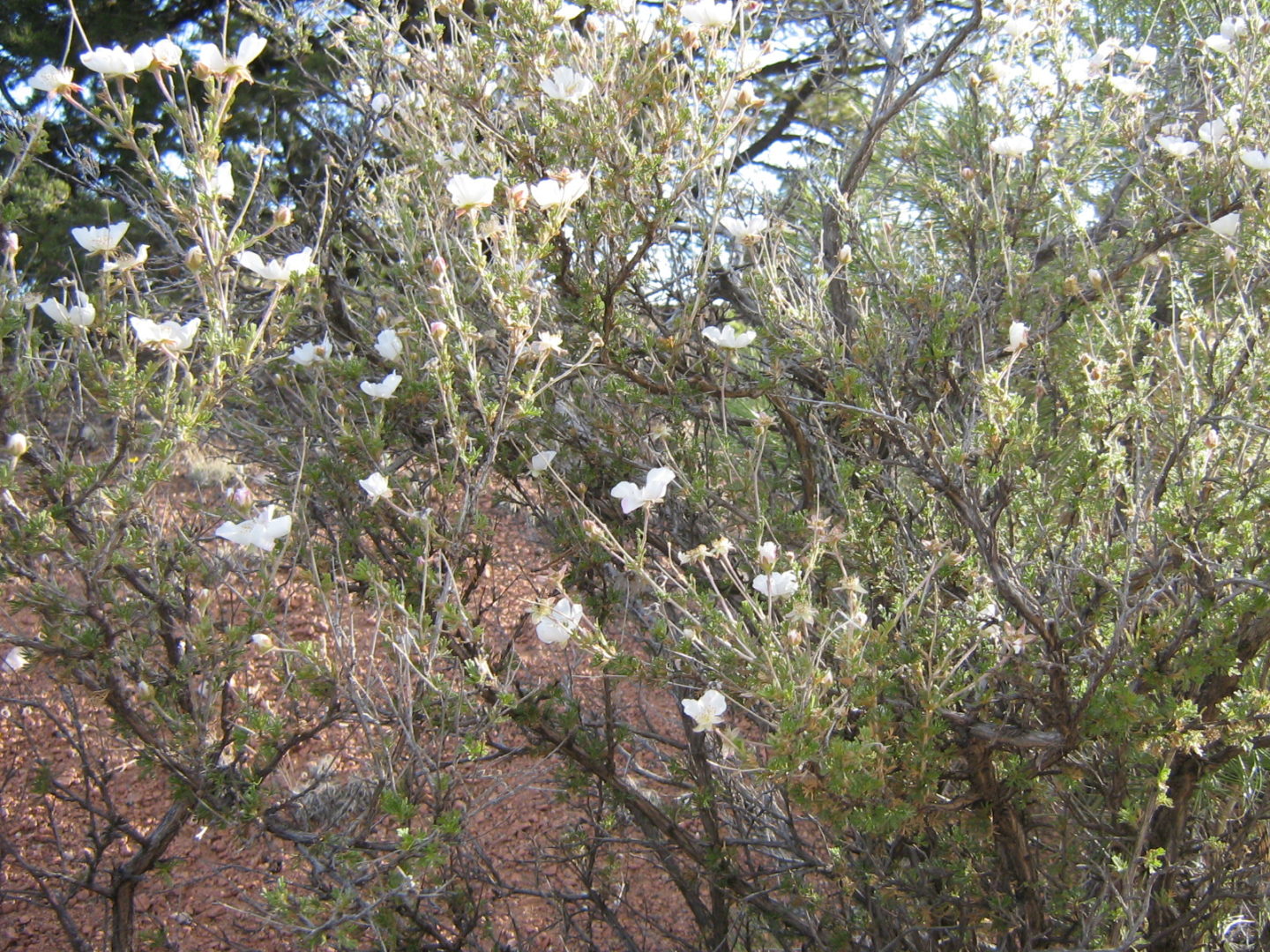|
|

|
|
|

|
It’s a new year, for the forest and for all of us. It’s a good time to envision what would really support our forest and our communities. Restoration can be done in our forest that genuinely works with the forest’s own natural processes and supports its transformation in a warming climate.
|
There are ways to help hold needed moisture in the forest, such as utilizing earth works and promoting beaver habitation. Our damaged riparian areas can be repaired and replanted, but it should be without aggressive removal of conifers or applying herbicides. De-commissioning unneeded forest roads is important, as roads cause water run-off and erosion. We can restore compacted and dried out soils and damaged mycorrhizal fungi networks. Our challenge is to find ways to restore our forest in a holistic way that supports the integrity and function of the entire ecosystem, and also supports us and our connection with the forest.
|
|
|
Defenders’ scientists recently learned Grace’s warbler populations are extremely sensitive to thinning, especially opening of the forest canopy. While it is true light forest thinning benefits this species, as more trees are removed and canopy cover decreases, there is a point at which it becomes detrimental to the bird.
For example, one scientific study in northern Arizona documented Grace’s warbler abundance was 59 percent higher in unthinned study sites as opposed to study sites in which tree numbers were reduced by 80%. In addition to having lower abundance in heavily thinned areas, a significant edge effect for Grace’s warbler was also found on their study sites, with lower abundance of Grace’s warbler in unthinned areas adjacent to thinned areas.
|
|
Widespread and aggressive thinning and prescribed burning clearly has not worked in our dry forest. In past east side Santa Fe National Forest project thinning, tree numbers were usually reduced by more than 90%. Opening up the canopy so much has only served to dry the forest out, throw it out of balance and degrade ecological function. It’s time to move forward with a new paradigm and new methods. It’s time to think like a forest. And to communicate a vision of harmoniously supporting the natural world, instead of imposing manmade concepts of “resiliency” and “forest health” onto the forest.
|
Right now, it’s again the objection period for the Santa Fe Mountains Project. It ends on January 23. It turns out the extra hundred pages in the just-released environmental assessment was just the appendixes combined into the EA, so other than a required paragraph on social justice, it’s the exact same EA as before.
|
This is an important time – it's our last chance during the Forest Service project analysis process to just say no to moving forward with the Project without comprehensive analysis, an Environmental Impact Statement. Out of all the objections that were submitted during the last objection period, only 12 were accepted as having fulfilled all the specific requirements, even though many excellent objections were written. There is now another chance to submit an objection.
|
For everyone else, please just write emails, as soon as possible, to the Southwest Regional Forest Service, where the objection decisions will be made, and to our elected representatives. This may be the most important action we can take. Below is an excellent sample of an email to our federal elected representatives, written by David Birnbaum. Not all emails need to be this comprehensive, short ones can be powerful too, but just please write! They ideally should be sent early in January. You can use this guide to help.
|
Generally the Forest Service does not change its decision during the objection period, but it can happen. We need to just keep the pressure on, no matter what phase of project analysis or implementation we are in. We are making progress, even though the Forest Service and Fireshed Coalition are very dug into their aggressive thin and burn stance. The dialogue about our forests has changed greatly, awareness of the damage caused by the current cutting and burning treatment paradigm has increased, and we now have the good fortune of a County Commission that supports our forest and our communities by urging the Forest Service to complete an Environmental Impact Statement (EIS) for the project. See County Commission Resolution 2022-50.
|
At the December 10 Santa Fe County Commission meeting, Acting Santa Fe National Forest Supervisor James Duran and Deputy Forest Supervisor Beth Ihle, gave a presentation in regards to the County Commission EIS resolution, and our County Commissioners responded powerfully. Commissioner Anna Hansen said to the Forest Service “We are in a unique situation here. We have an opportunity to actually restore our forest and make it magnificent, and make it a real watershed. And your idea of just burning as the only solution is not the answer that my constituents are looking for. That’s clear from the meeting that Commissioner Hamilton and I, and The Forest Advocate and WildEarth Guardians held.”
|
We can be on the forefront of standing for our forest and communities, and helping to create a holistic vision of caring for our forests.
|
I wish everyone a happy and peaceful New Year.
|
|
|
|
|
Dear Senators Heinrich and Lujan, and Representative Leger Fernandez.
|
I am David Birnbaum, and I have lived in Santa Fe since 1969, and on the same hillside here on the Old Santa Fe Trail near the village of Cañada the Los Alamos since 1979.
|
I am writing to plead with you to prevent the east side of the Santa Fe National Forest from being heavily damaged, perhaps irreparably, by the plan of the Forest Service known as the Santa Fe Mountains Landscape Resiliency Project.
|
I am sure you must be aware of this project and of the outcry from the public, which the Forest Service is ignoring. The project covers an 80 mi.² area extending from Tesuque to the Rowe Mesa, and involves thinning and/or burning three quarters of that area (repeatedly into the indefinite future). Where they “thin” they typically cut down 90% of the trees. They intend to cut trees up to 16 inches in diameter – very large trees for this area. When they burn, they have an amazingly poor record for occasionally losing control and burning tens or even thousands of times the intended acreage.
|
It seems beyond belief that the Forest Service can make the decision to declare a “finding of no significant impact“ and use that as an excuse to refuse the repeated requests and demands (including the Santa Fe County Commission Resolution 2022–050) to prepare an Environmental Impact Statement (EIS.)
|
One reason for their refusal (I am sure) is that they have not provided many of the necessary details required for an EIS, such as exactly where they will burn and where they will thin, how they will avoid doing damage and creating new roads in the Inventoried Roadless Areas, and how they will protect wildlife and endangered species. Most incredibly, they have provided no information at all within the project analysis on how they will prevent the escape of their “controlled burns,“ like the ones that created the largest wildfire ever in New Mexico, in early 2022.
|
There is no rationale for declaring that this “blank check“ project in this huge area will have no significant impact on the human and animal populations. That is clearly an untruth, as proven by the disastrous 2022 escaped burns, and should not be recognized as a legitimate decision.
|
And a project like this is a textbook example of what an Environmental Impact Statement is created for. It was never intended to be a voluntary step, but is clearly mandated by law for such an obviously impactful project. One of the many benefits of an EIS is that it requires that other options be considered, and that a cost/benefit analysis and other analyses are applied, not just to the Proposed Action, but also to alternatives which might be as beneficial or more so.
|
At the very least, the project absolutely must be cut to a fraction of the proposed size. There is no legitimate reason for the Forest Service to be allowed to instigate this “land experiment“ on such a large scale.
|
We, the citizens of New Mexico, are in desperate need of your help as our elected representatives to the United States Congress. There seems to be no entity with oversight powers to simply refuse to allow this plan to move forward without an Environmental Impact Statement, but we are counting on you to do everything that you can. We will continue doing all that we can to inform and educate the public and to ask for assistance from people in all levels of government, but we believe you have the best chance to help us with our very reasonable and lawful request. Make it clear to the Forest Service that you do not support them moving forward on this project without an EIS!
|
Thank you very much, David Birnbaum
|
|

|
|
|
|